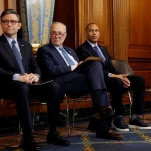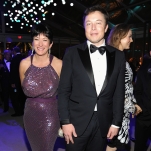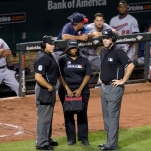Will computers pick out fashion's next top models?
Body size, height, and even shoe size can influence a young fashion model’s success. But what about her Instagram profile?
According to a new study, “a strong [Instagram] presence may be more important than being under contract with a top agency, or than the aesthetic standards sought after by the industry.”
It’s not news that social media celebrities have become powerhouses. What’s interesting here is that University of Indiana researchers tried to decipher what qualities in a person’s social media profile might hint at future success and came up with a formula, a sort of automated draft pick for models. If it actually ends up working, it could be worth a ton to the $1.7 trillion global fashion market.
“The long term the impact of our work is fundamental: in a landscape that is changing, agencies and casting directors want to have top-notch technology to make the best out of the information freely available online,” Emilio Ferrara, the computer scientist who led the study, told me over email.
-

-

-

-

-

-

-

-

-

-

-

-

-

-

-

-

-

-

-

-

-

-

-

-

-

-

-

-

-

-

-

-

-

-

-

-

-

-

-

-

-

-

-

-

-

-

-

-

-

-

-

-

-

-

-

-

-

-

-

-

-

-

-

-

-

-

-

-

-

-

-

-

-

-

-

-

-

-

-

-

-

-

-

-

-

-

-

-

-

-

-

-

-

-

-

-

-

-

-

-

-

-

-

-

-

-

-

-












































































































